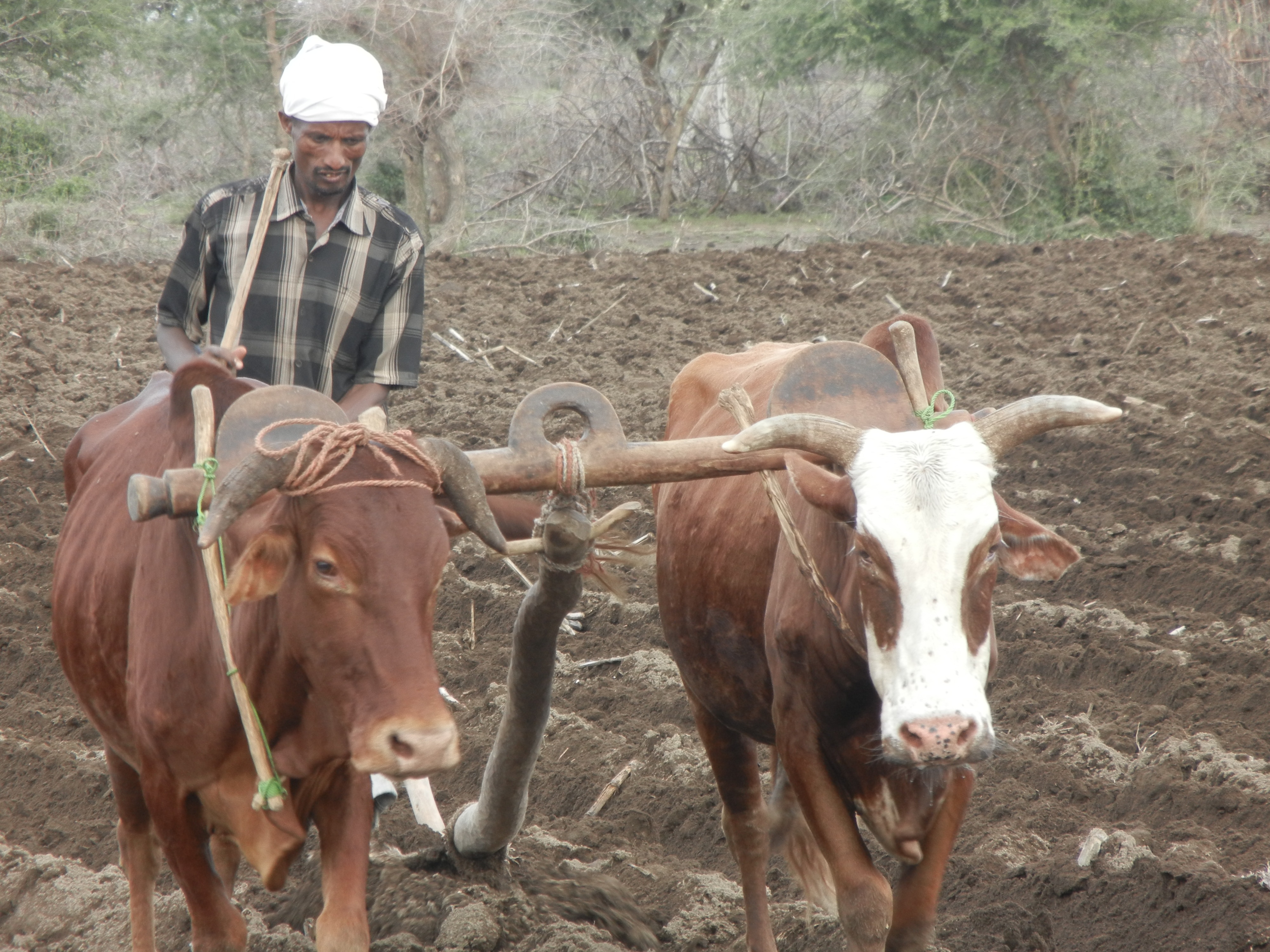Project May 27, 2014
Plowing New Ground: Obama's Plan to Feed the World's Poorest
Country:

In 2009, President Obama and the G8 agreed on an ambitious strategy to increase global food production and lift smallholder farmers out of poverty. Obama's part of the plan, called Feed the Future, is using more than $1 billion a year in taxpayer money and leveraging millions more from corporate giants such as DuPont, Pepsico and others.
Feed the Future could undo some of the damage that critics say past U.S. policies have caused. U.S. agricultural subsidies have sometimes driven down the prices that poor farmers earn for their crops even as these growers have faced competition from imports of American commodities. For many years, Congress slashed foreign agricultural assistance out of concern the aid would create competition for American farmers.
That's changed now with Feed the Future, but the administration needs to show results. The White House launched the initiative without getting Congress to write it into law, so there's no guarantee Obama's successor will continue the effort.
In this reporting project, journalist Philip Brasher looks at how Feed the Future and its corporate alliance are faring in Ethiopia and Guatemala, two of the 19 countries the initiative has targeted. Is it possible to increase food production while also improving the lot of smallholder farmers, mostly women? In the developed world, small farms that can't afford land and new technology have often been left behind. Can Feed the Future's progress be sustained once U.S. aid stops flowing?











